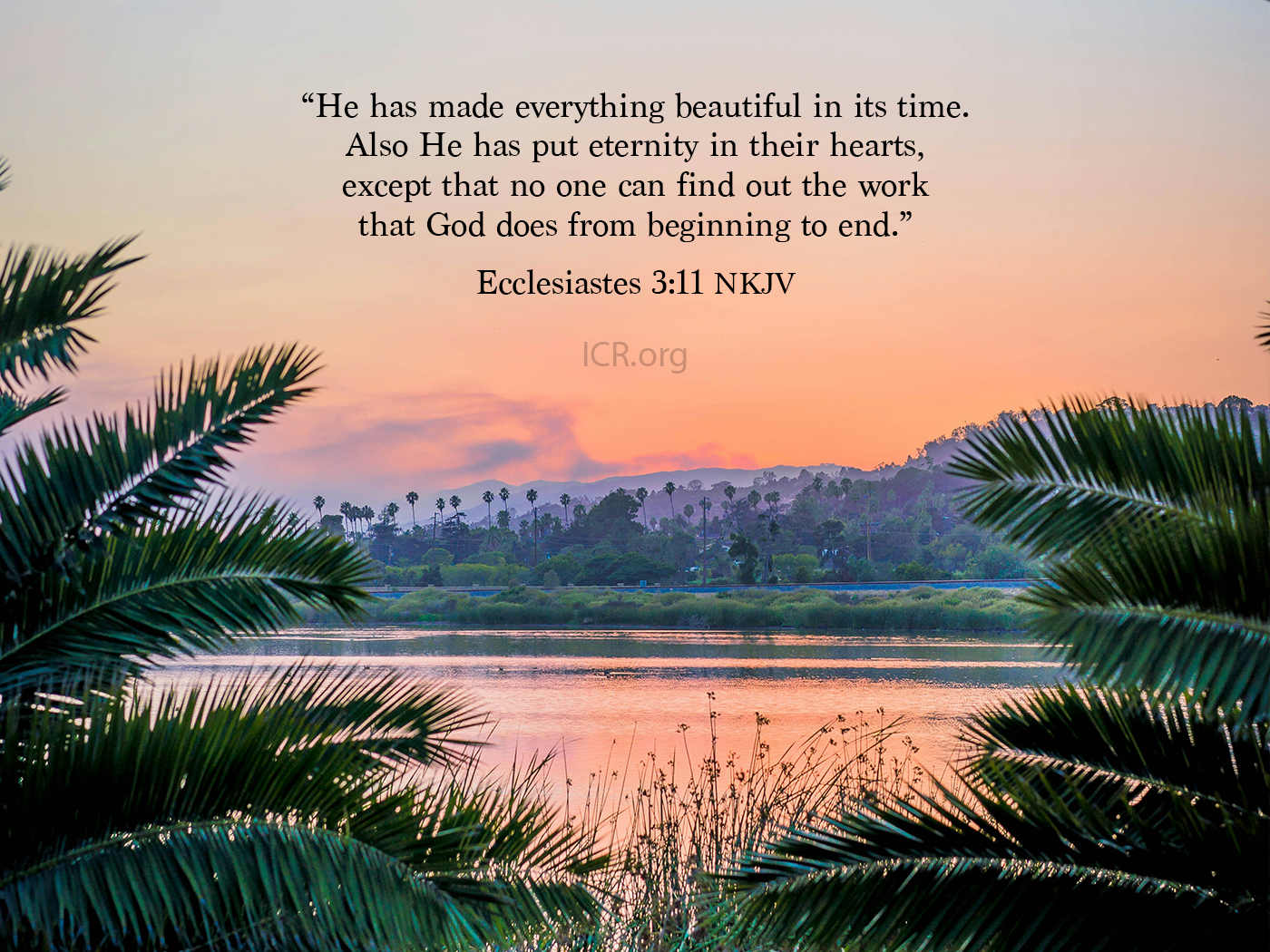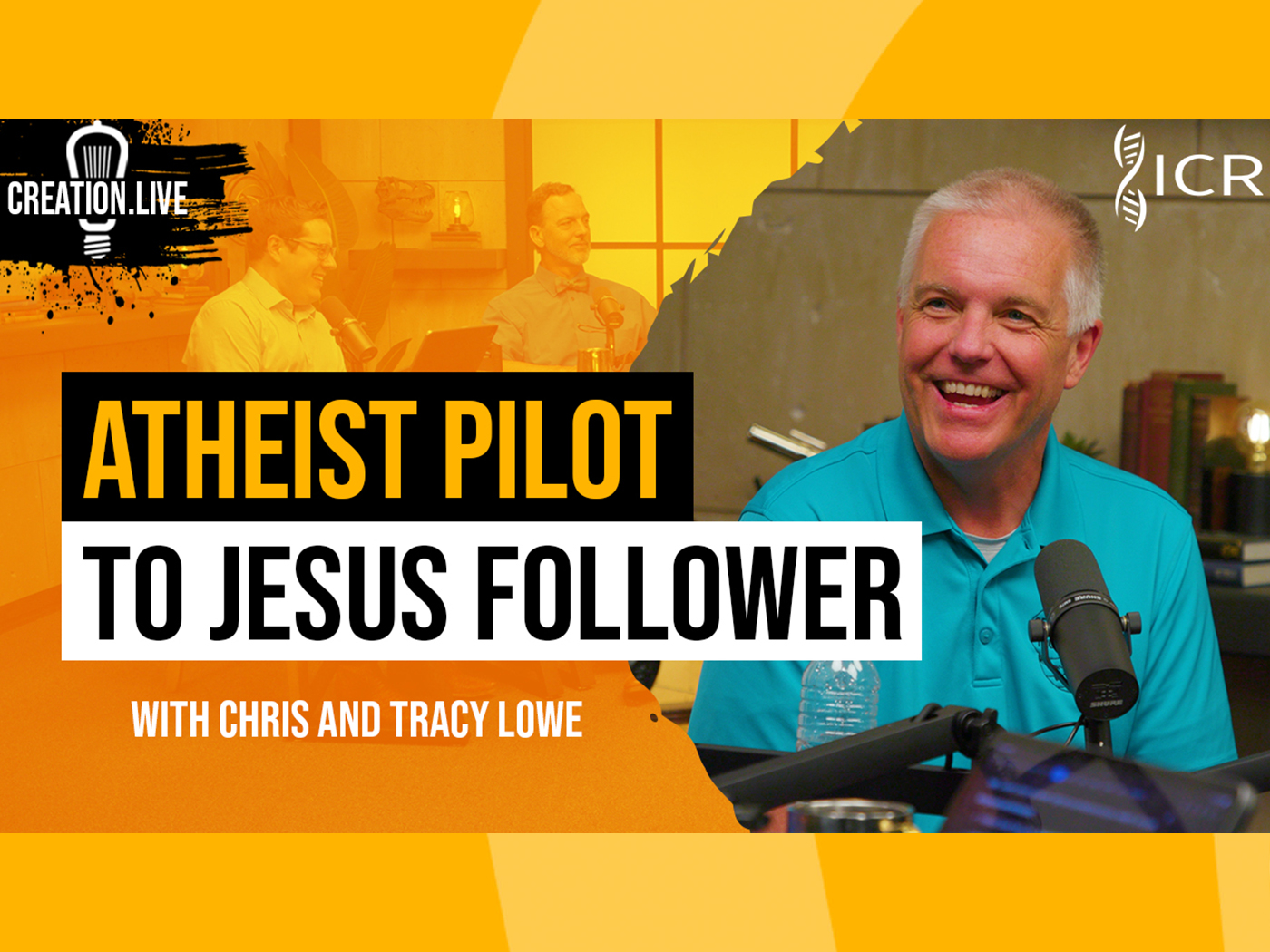On September 10, 2008, the world’s most powerful particle accelerator went into action, sending a beam of protons racing at nearly the speed of light in the first of many preliminary tests that researchers hope will provide insight into certain mysteries of the physical universe—including its origin.
Scientists around the world applauded the success of the Large Hadron Collider’s first day of activity, during which beams of protons successfully glided partway along the 17 mile-long track, first clockwise, then counterclockwise.1 Next month, researchers will adjust the positioning of the proton beams to travel in opposite directions simultaneously so that they will collide with each other head-on. Sometime next year, they hope to generate and measure the most forceful collision of any physical experiment.
The massive machine is located 100 meters underground, beside Lake Geneva in Switzerland. It is a project 15 years in the making, designed and built with the help of an estimated 10,000 people from around the world, including more than 1,700 scientists, engineers, students and technicians from 94 U.S. universities and laboratories.
In addition to being the world’s most powerful particle accelerator, it is also the world's most expensive physics experiment. More than 60 countries have invested many millions of dollars. The U.S. Department of Energy and the National Science Foundation put a total of 531 million dollars into the construction of the accelerator and its detectors.
The Collider has been called the “Big Bang Machine,” and some even refer to it as a time machine because the collision of protons at these speeds is alleged to mimic that which supposedly occurred during the early natural formation of the universe. Though its adherents are reluctant to concede, the big bang concept has been discredited by observable evidence.2 The array of difficulties that encumber that hypothesis, including the cosmic microwave background radiation-caused “horizon problem,” has led many scientists to seek alternative naturalistic theories to account for the origin of the cosmos.3
Although the Large Hadron Collider experiments may provide new insights into the structure of matter, they are unlikely to sway many scientists from their previous cosmological models. For committed big bang believers, all data, including new Collider data, will be accommodated into the model, rather than used to evaluate the model. After all, as a prominent evolutionary scientist has admitted, “our ways of learning about the world are strongly influenced by the social preconceptions and biased modes of thinking that each scientist must apply to any problem. The stereotype of a fully rational and objective ‘scientific method,’ with individual scientists as logical (and interchangeable) robots is self-serving mythology.”4
For the open-minded and objective scientist, however, the Large Hadron Collider may eventually give very valuable insight into the physical nature of the universe—and possibly into the nature of its Maker, as well.
References
- First Beam for Large Hadron Collider. Brookhaven National Laboratory press release, September 10, 2008.
- Hartnett, J., and A. Williams. 2005. Dismantling the Big Bang. Green Forest, AR: Master Books.
- Brandenberger, R. 2008. Alternatives to cosmological inflation. Physics Today. 61 (3): 44.
- Gould, S. J. 1994. In the Mind of the Beholder. Natural History. 103 (2):14
* Mr. Thomas is Science Writer.
Article posted on September 12, 2008.













